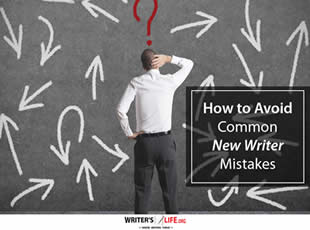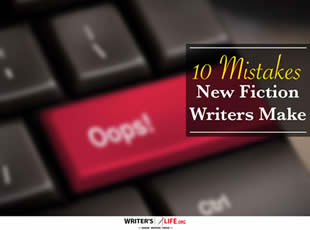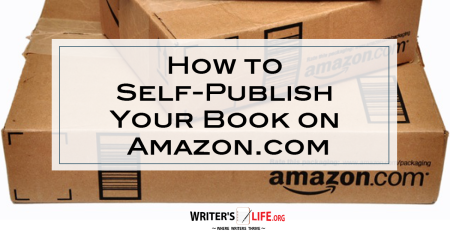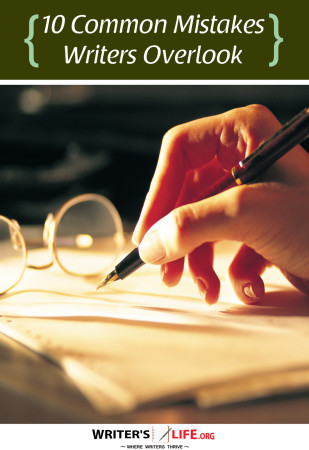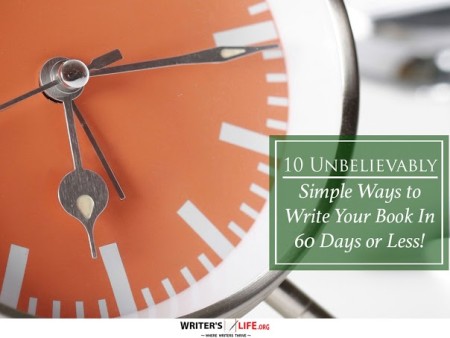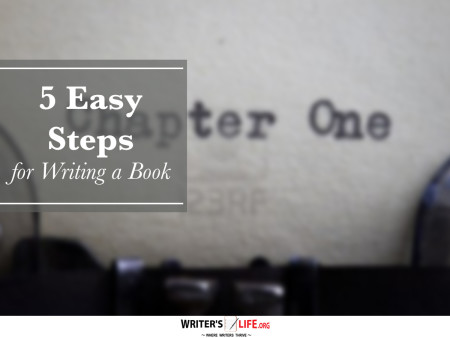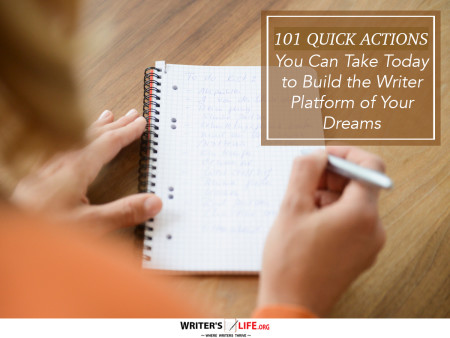- How To Tackle Jealousy In Creative Writing
- Common Submission Mistakes
- How To Stop Your Blog Becoming Boring
- The One Thing Every Successful Writer Has In Common
- How To Make Yourself Aware Of Publishing Scams
- Why Almost ALL Writers Make These Grammar Mistakes At Some Point
- 5 Tips For Authors On How To Deal With Rejection
- Top Mistakes to Avoid When Writing a Novel
- How to Avoid Common New Writer Mistakes
- 10 Mistakes New Fiction Writers Make
How to Use Storytelling in Your Email Sequences

Storytelling in Emails is more than just a creative method; it's a powerful tool that can transform your communication strategy. By weaving stories into your email sequences, you can engage your audience in ways that factual messages might miss. Whether you're trying to boost engagement or increase open rates, using storytelling in emails can make a significant difference.
Why Storytelling Email Techniques Matter
Have you ever paused in the middle of a gripping story? That's the magic storytelling offers. When applied to your email sequences, storytelling email tactics can create a sense of anticipation, making your readers eager for your messages. Unlike plain, transactional emails, emails layered with compelling narratives resonate on a personal level and can lead to better reader retention.
Effective email storytelling bridges the gap between emotion and data. You turn what could be a mundane report into an enticing narrative that captures the imagination of the reader. This method is not only more engaging but also memorable, helping your message linger longer in your audience's minds.
Additionally, employing storytelling strategies for emails allows you to showcase your personality. It gives a voice to your brand, making your emails distinctive and relatable. Who wants to read a generic email when they can follow an engaging tale fraught with emotions and insights?
Building Email Sequences with Storytelling
Constructing powerful email sequences with storytelling requires careful planning and execution. It’s like plotting a novel, where you create arcs, build suspense, and develop characters—not in the literal sense, but metaphorically. Your emails should present problems and resolutions, creating a narrative flow that keeps readers engaged.
In terms of structuring your storytelling methods in email, you can follow a simple beginning-middle-end format. Start by setting the scene or presenting a challenge. Progress to the body of your email where you delve into the journey or transformation, and finally, conclude with a satisfying resolution or call to action.
Want to promote your book after it’s published? Check out our Book Marketing Articles. Draw inspiration from these articles to fuel your creative email storytelling.
Best Storytelling for Emails: Practical Strategies
Wondering how to find the best storytelling for emails that resonate? Begin by knowing your audience. Understanding their pain points, interests, and values enables you to craft stories they'll find relatable. According to Wikipedia, storytelling has been a means of entertainment, education, cultural preservation, and instilling moral values.
Next, stick to simple, yet impactful email storytelling. Don’t overload with complex plots or excessive details that can overwhelm. Instead, focus on clarity, injecting a bit of intrigue, and maintaining a rhythm that hosts your audience through a memorable story journey.
Moreover, always insert an invitation to engage—an open-ended question, a surprising fact, or an intriguing teaser for the next email. These elements galvanize readers to think, feel, and act upon your narratives, turning passive recipients into active participants of your stories.
Creative Email Storytelling: Tips for Success
- Know Your Characters: Define your email's "characters," be it your products, services, or even testimonials. Strong characters enrich your narrative.
- Create a Consistent Voice: Your narrative voice should remain consistent throughout your email sequences to uphold brand identity and secure reader trust.
- Engage with Emotion: Emotionally driven stories resonate more. Explore pain points or dreams to draw your audience in emotionally.
- End with Impact: Your stories should have a clear ending with a CTA, guiding readers on their next steps.
By applying these tips, you improve the effectiveness of your email storytelling, ensuring that your messages stand out in crowded inboxes.
Frequently Asked Questions About Storytelling in Emails
Q: How do storytelling methods in emails improve engagement?
A: Storytelling methods in emails captivate readers by weaving narratives that create emotional resonance and build anticipation, thereby improving engagement.
Q: Can storytelling techniques be used in promotional emails?
A: Yes, storytelling techniques are effective in promotional emails as they can humanize your product, making the message more relatable and memorable.
Q: What's a good way to start using storytelling in emails?
A: A good starting point is to base your story around a problem and its solution. This structure allows you to present your offering in a narrative format that engages the reader.
If you're serious about growing your author career, don't miss out on these free tools and templates built specifically for writers. Access all 7 free resources here.



















